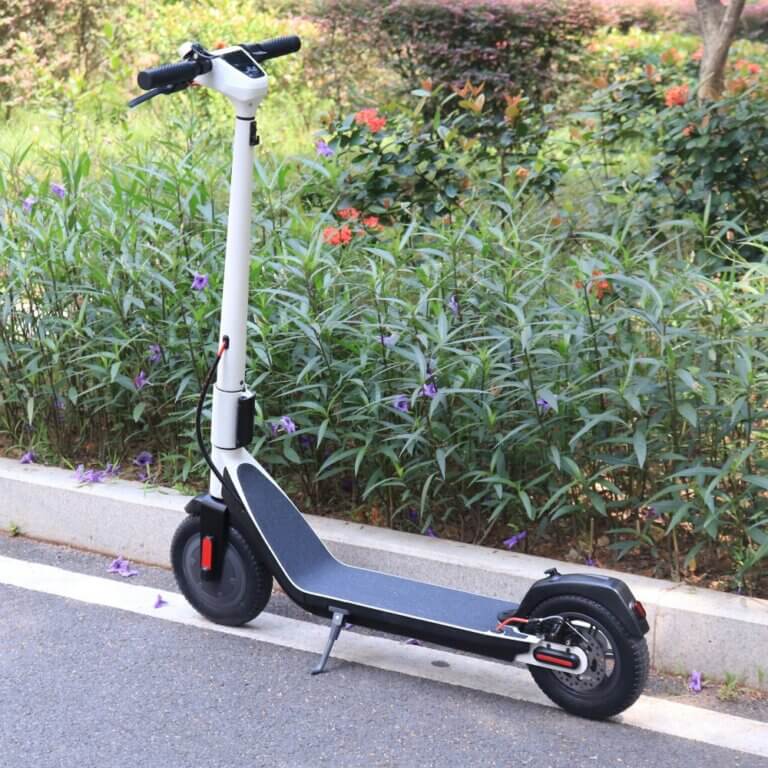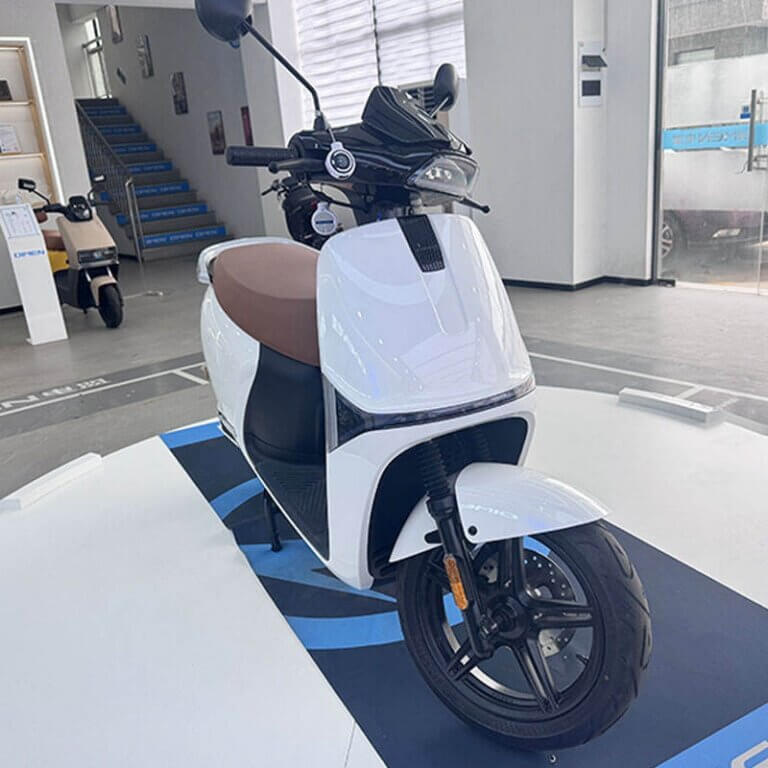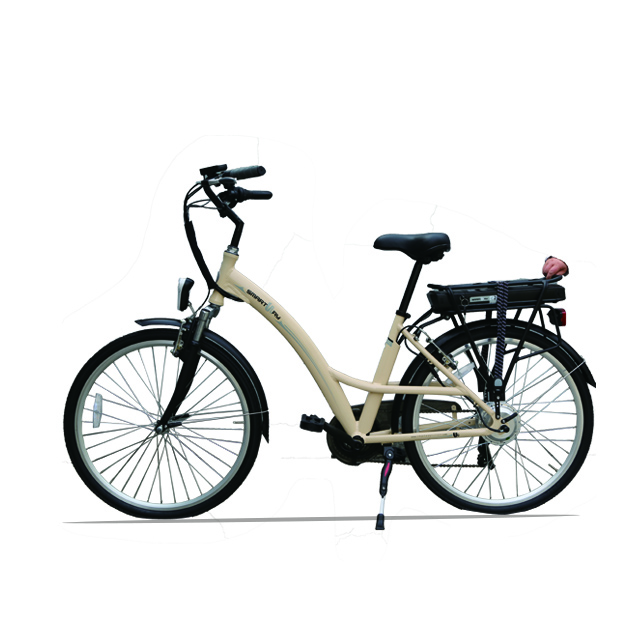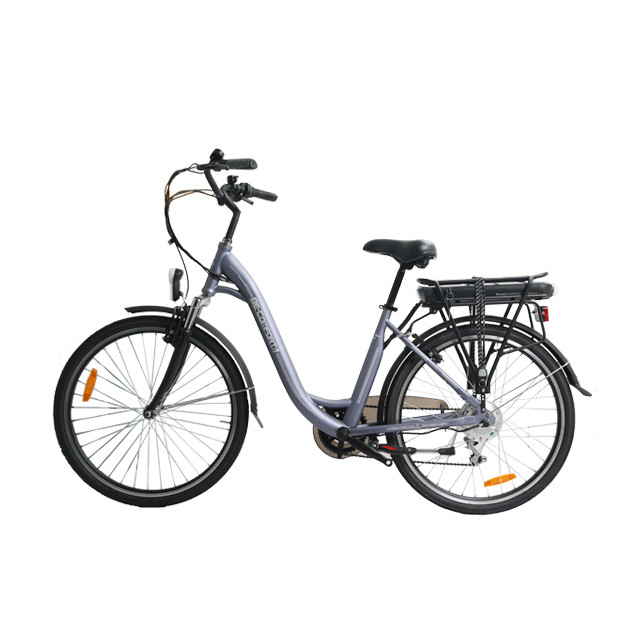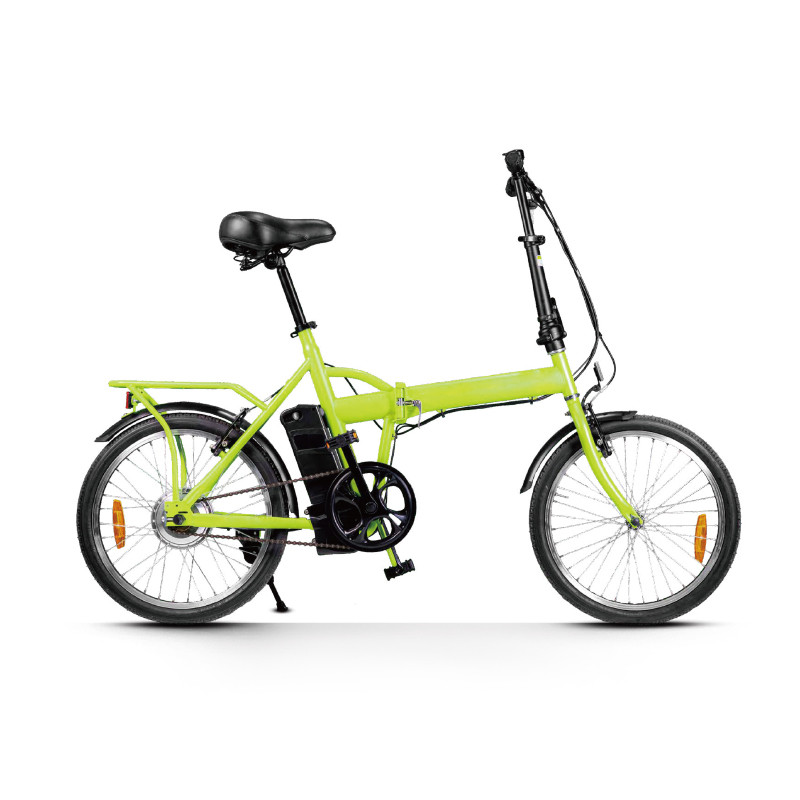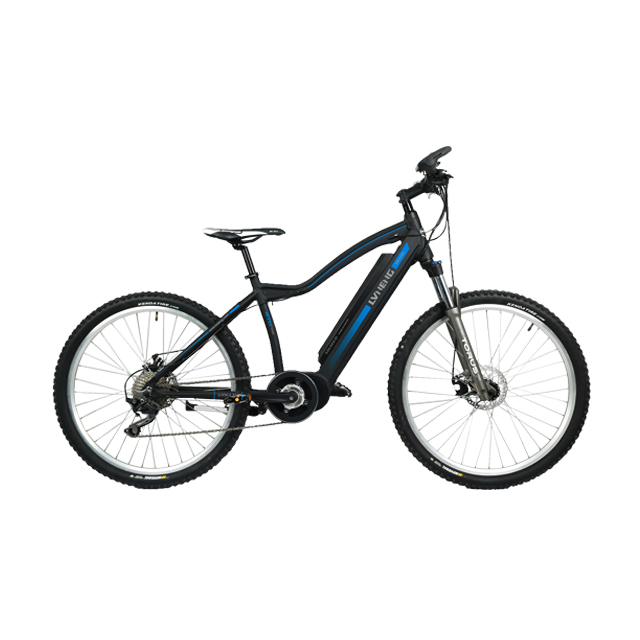-
414 Block B, ZT Times Plaza, Wuhan, Hubei, China
Blog
Beginner’s Guide: Riding An Electric Scooter Safely
Summary
Electric scooters have emerged as a popular mode of personal transportation, particularly in urban areas, offering an eco-friendly alternative to traditional vehicles. As their use has increased, so has the importance of understanding safe riding practices to mitigate the inherent risks associated with electric scooter riding. This guide aims to equip beginners with essential knowledge for selecting the right scooter, preparing for safe rides, mastering riding techniques, and adhering to local regulations.
The guide covers critical topics including the different types of electric scooters available, safety gear requirements, pre-ride inspections, and defensive riding strategies. Properly addressing these elements can significantly enhance rider safety and overall enjoyment. Notably, the guide also emphasizes the importance of compliance with traffic laws and regulations, which vary by jurisdiction but are essential for the safe operation of electric scooters on public roads.
Controversies surrounding electric scooters often relate to safety concerns, including inadequate protective measures, accidents, and infrastructure challenges. The rise in electric scooter usage has prompted cities to adapt their infrastructure to accommodate these vehicles, leading to discussions about safety standards and regulations that ensure both rider and pedestrian safety. By highlighting best practices and common hazards, this guide provides a comprehensive overview for new riders to foster a safer riding environment.
In summary, this beginner’s guide to riding electric scooters safely emphasizes the necessity of informed decision-making, proper gear, and adherence to safety practices. By following these guidelines, riders can navigate their environments responsibly while enjoying the convenience and benefits of electric scooters.
Choosing the Right Electric Scooter
Selecting the right electric scooter is a critical step for both safety and enjoyment while riding. Riders should consider several key factors to ensure that their chosen model meets their personal needs and preferences.
Types of Electric Scooters
There are various types of electric scooters available, each suited for different uses. Electric kick scooters are lightweight and portable, ideal for smooth city rides, while foldable scooters provide easy storage and transport options. Three-wheeled scooters offer increased stability, particularly beneficial for younger or less experienced riders. Understanding the differences between these types can help users select the most suitable option for their specific commuting or recreational needs.
Key Factors to Consider
When evaluating electric scooters, it’s essential to focus on aspects such as battery life, weight capacity, and top speed. A robust build quality is also important, as it contributes to the scooter’s longevity and reliability. Users should look for models that have good range and are backed by positive customer reviews, as these factors can significantly impact the overall riding experience. Brands like Xiaomi, Segway, and Razor offer a variety of options that cater to different preferences and budgets.
Impact of Rider Characteristics
The rider’s weight and physical attributes can greatly affect the performance and range of an electric scooter. For instance, a heavier rider may experience reduced speed and shorter battery life compared to a lighter rider. Therefore, it’s advisable for potential buyers to consider their own weight when selecting a scooter, as this will influence the performance metrics such as acceleration and distance per charge.
Advanced Features
Modern electric scooters often come equipped with innovative features designed to enhance the riding experience. Look for models that include GPS tracking, Bluetooth pairing, and smartphone app compatibility. These features allow users to adjust settings remotely, track their trips, and monitor battery levels. Additionally, intelligent designs that incorporate features like regenerative braking can improve energy efficiency, extending the scooter’s range.
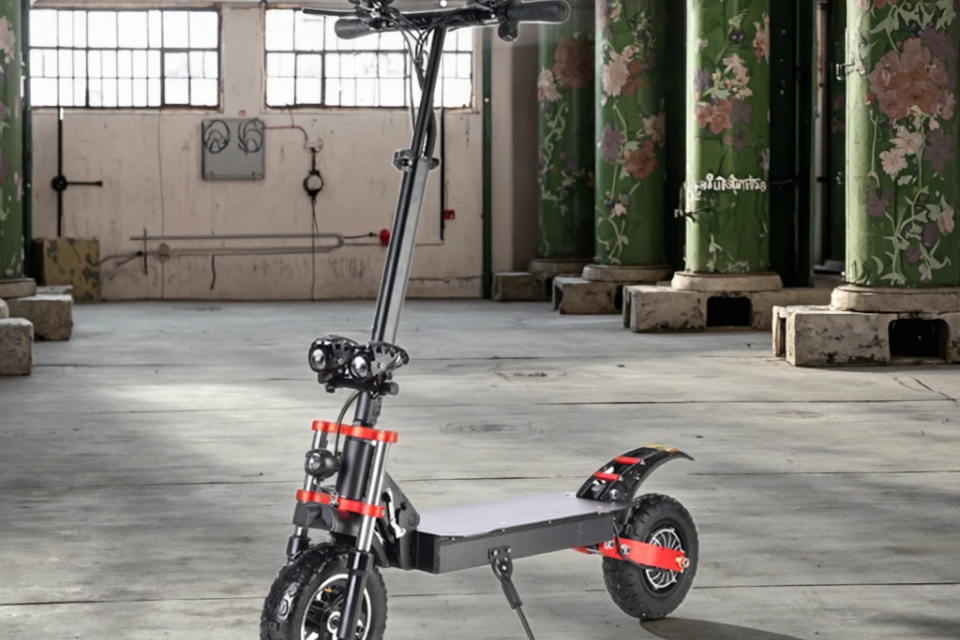
Preparing for a Ride
Before embarking on a ride with an electric scooter, it’s essential to prioritize safety by ensuring you have the appropriate gear and that your scooter is in good working condition.
Essential Safety Gear
The most crucial piece of safety equipment is a helmet. Wearing a helmet significantly reduces the risk of head injuries in the event of an accident. Additionally, riders should consider using protective clothing such as knee and elbow pads, gloves, and weather-resistant attire to enhance safety and comfort during rides. Reflective gear is also recommended to improve visibility, especially during low-light conditions.
Pre-Ride Scooter Inspection
Always inspect your electric scooter before riding. Key components to check include the brakes, tires, lights, and handlebars to ensure they are functioning correctly. Proper tire pressure is particularly important, as under-inflated or over-inflated tires can lead to poor handling and increased risk of accidents. Riders should familiarize themselves with the scooter’s features, such as regenerative braking, to optimize safety and efficiency during their ride.
Practice and Training
New riders are advised to undergo practical training to learn how to properly inspect their scooters and practice safe riding techniques, including emergency maneuvers and stopping. It is beneficial to have several practice rides in a safe, open area before venturing onto busy streets, as accidents are more likely to occur during the initial rides. Additionally, using bike lanes and adhering to local traffic rules can further enhance safety while riding.
By taking these preparatory steps, riders can significantly reduce their risk of accidents and enjoy a safer, more pleasant riding experience on electric scooters.
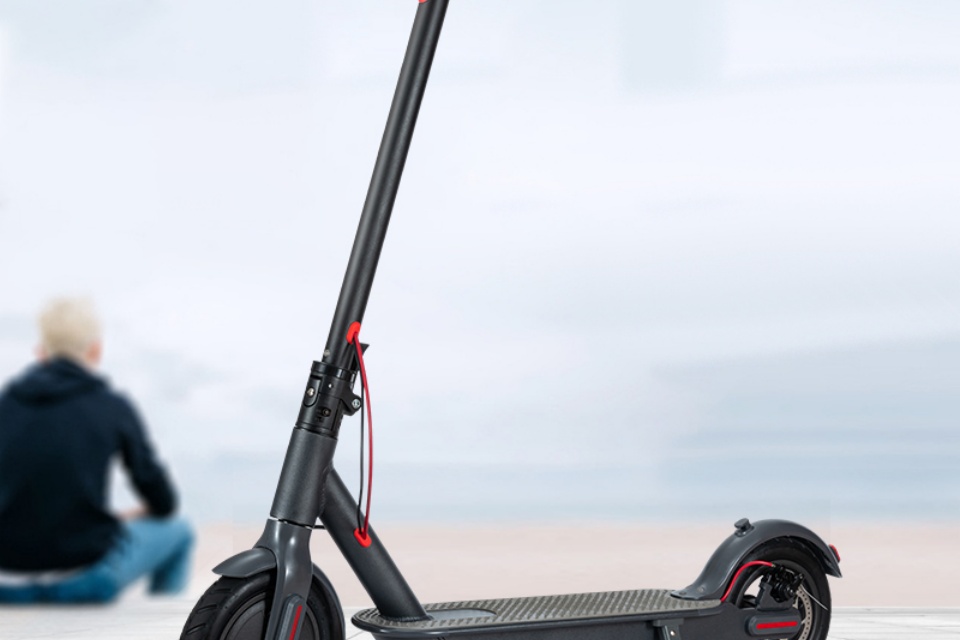
Riding Techniques
Riding an electric scooter requires understanding and mastering specific techniques to ensure safety and control. Proper riding techniques not only enhance the riding experience but also minimize risks associated with scooter operation.
Basic Riding Posture
Maintaining the correct riding posture is essential for balance and stability. Riders should stand with their feet placed shoulder-width apart on the footboard, with one foot positioned slightly in front of the other to evenly distribute weight. This stance helps in handling bumps and making quick adjustments when braking or steering.
Starting and Stopping
To safely start riding, begin by turning on the scooter while standing still, then place your dominant foot on the deck and use the other foot to push off gently. When it comes to stopping, utilizing a combination of front and rear brakes is recommended to distribute braking forces effectively, enhancing overall safety and stopping power. Beginners should practice emergency braking techniques in a safe environment, such as an empty parking lot, to familiarize themselves with their scooter’s braking system.
Cornering Techniques
When approaching turns, riders should shift their weight towards the inside of the turn and lean into it, maintaining balance and control throughout the maneuver. Avoid leaning too far on turns or over-rotating the handlebars, as these actions can lead to a loss of control.
Defensive Riding Strategies
Defensive riding strategies are crucial for safety. Riders should always stay alert and be aware of their surroundings, as this minimizes the risk of collisions. It is also advisable to follow traffic rules and ride at a safe speed to adapt to varying conditions on the road.
Common Mistakes to Avoid
Beginners often make common mistakes that can compromise safety. These include pushing the throttle too hard, which can lead to loss of control, and braking too abruptly. Instead, riders should apply the brakes smoothly and lean back slightly during braking to maintain stability. Additionally, avoid storing the scooter improperly or exposing it to extreme weather, which can damage electrical components and affect performance.
By mastering these riding techniques, beginners can enjoy a safer and more enjoyable experience while riding their electric scooters.
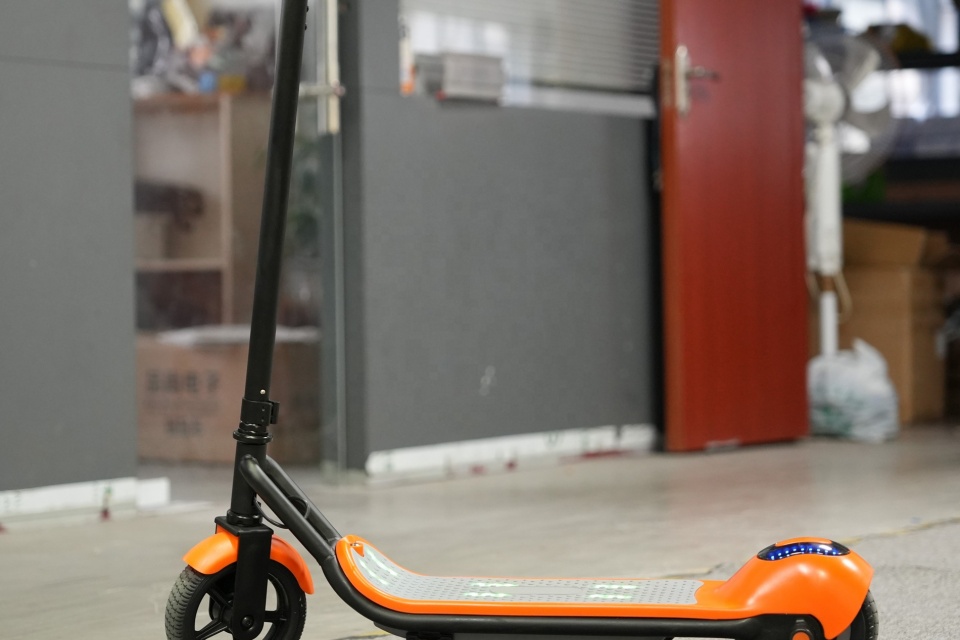
Traffic Rules and Regulations
When riding an electric scooter, it is essential to adhere to specific traffic rules and regulations to ensure the safety of both riders and pedestrians. These regulations can vary by state and locality, but some common guidelines apply across many regions.
General Riding Guidelines
Riders are typically required to drive as far to the right side of the road as possible, especially when operating at speeds slower than normal traffic flow. Exceptions to this rule include situations where a rider is overtaking another vehicle, making left turns, or avoiding hazards on the road. In most states, riding two abreast is permitted as long as it does not obstruct traffic flow. However, riding more than two abreast is generally not allowed unless on a designated bicycle path.
Sidewalk Riding
The legality of riding electric scooters on sidewalks is often determined by local ordinances. In some areas, riding on sidewalks is permitted, but riders must yield the right-of-way to pedestrians and provide an audible signal when passing them. Therefore, it is vital to check local regulations before riding on sidewalks.
Age and Licensing Requirements
In Michigan, riders must be at least 16 years old to operate an electric scooter. Unlike many motor vehicles, electric scooters do not require licensing or insurance under Michigan’s No-Fault auto insurance law. However, municipalities may impose additional age restrictions or requirements, so it is important to be aware of local rules.
Helmet and Safety Equipment Laws
While Michigan does not mandate helmets for all riders, it does require helmets for riders and passengers under the age of 16. It is advisable for all riders to wear certified helmets that meet federal safety standards to enhance safety during rides. Additionally, riders are often required to have operational lights and reflectors for visibility, especially when riding during low-light conditions.
Speed and Equipment Restrictions
Electric scooters are generally limited to a maximum speed of 20 mph. Riders must ensure that their scooters are equipped with functioning stop and turn signals, allowing them to maintain control and keep both hands on the handlebars at all times. Local laws may also impose restrictions on where electric scooters can be operated, typically prohibiting their use on state highways and other high-traffic areas.
Enforcement and Compliance
Enforcement of electric scooter laws can vary widely, with some jurisdictions implementing automated systems to monitor compliance. Riders should remain aware that failure to follow local regulations can result in fines or other penalties. It is crucial to stay informed about both state and local laws regarding electric scooter use to ensure a safe and lawful riding experience.
Safety Tips for Electric Scooter Riders
Electric scooter riding presents various risks, but understanding and implementing safety measures can significantly reduce the likelihood of accidents.
Situational Awareness
Maintaining situational awareness is crucial for preventing accidents. Riders should always anticipate the actions of drivers, stay visible—especially at night—and reduce speed in crowded areas. Being mindful of one’s surroundings can help avoid collisions and other dangerous situations.
Navigating Poor Road Conditions
Electric scooters are particularly vulnerable to poor road conditions, such as potholes, debris, and uneven pavement, which can destabilize a rider.
- Plan your route ahead of time.
- Avoid unfamiliar areas with heavy traffic.
- Slow down when navigating bumpy terrain.
- Leave 10-15 minutes early to avoid rushing.
Riding in Inadequate Lighting
Riding at night without proper lighting is dangerous. Effective lighting and clear signaling improve visibility and communication with other road users, significantly reducing the risk of collisions. Riders should ensure their scooters are equipped with proper lights and use reflective clothing.
Weather Considerations
Weather can dramatically affect riding safety. Rain, snow, and ice can make roads slippery and reduce visibility.
- Slow down and adjust their riding posture for balance.
- Leave 15-20 minutes earlier than normal.
- Exercise extra caution when turning.
- Wear non-slip shoes for better grip on the scooter’s platform.
Compliance with Traffic Laws
Electric scooter riders must adhere to the same traffic laws as bicycles and motor vehicles. Ignoring these rules, such as running red lights or riding against traffic, can have severe consequences. Riders should familiarize themselves with local regulations to avoid legal issues and ensure their safety.
Avoiding Distractions
Distractions, such as mobile phone use while riding, can significantly compromise reaction times and increase the likelihood of accidents. Riders should keep both hands on the handlebars and avoid using devices while riding.
Protective Gear
Wearing protective gear, including helmets and pads, is vital for rider safety. This gear can mitigate injuries in case of falls or collisions.
Riding Etiquette
To enhance safety for both riders and pedestrians, it is essential to:
- Slow down and/or stop when approaching pedestrians.
- Dismount in crosswalks and walk the scooter across the street.
- Always give pedestrians priority.
Riding Alone
Riding with another person can drastically increase the risk of accidents. It is important to ride solo to maintain balance and control over the scooter.
By following these safety tips, electric scooter riders can significantly improve their riding experience and reduce the risk of accidents on the road.
Common Hazards and How to Avoid Them
Electric scooters offer a convenient mode of transport, but they come with their own set of hazards. Understanding these common risks and how to mitigate them is essential for a safe riding experience.
Safety Concerns
Safety is a primary concern for electric scooter users. Accidents can stem from various factors, including the lack of protective gear and inattentive driving. To enhance safety, riders are encouraged to wear helmets, utilize lights, and adhere to traffic rules. Manufacturers are responding to safety concerns by incorporating advanced features, such as anti-lock brakes and improved suspension systems in new models.
Infrastructure Issues
Urban infrastructure often lacks adequate accommodations for electric scooters, with few dedicated lanes posing challenges for riders. Cities like Paris and San Francisco are working to improve this by expanding bike lanes and creating scooter-friendly pathways, which promote safer riding and encourage broader adoption of electric scooters.
Poor Road Conditions
Electric scooters are particularly susceptible to poor road conditions due to their small wheels and limited suspension. Issues such as potholes, debris, and uneven pavement can destabilize a rider, especially in urban areas where such conditions may be more prevalent. Riders are advised to plan their routes, avoid unfamiliar and heavily trafficked areas, and navigate bumpy terrains with caution.
Inadequate Lighting
Riding at night or in poor weather conditions without proper lighting increases the risk of accidents. Poor visibility can lead to collisions, making it vital for riders to equip their scooters with appropriate lighting and to ride cautiously in adverse conditions. Weather can also significantly affect road safety; slippery conditions due to rain, snow, or ice can make it challenging to maintain control of the scooter.
Ignoring Traffic Laws
Electric scooter riders must comply with the same traffic laws as other vehicles. Violations such as running red lights, riding against traffic, or failing to yield can result in severe consequences, particularly in crowded urban environments. To enhance safety, riders should familiarize themselves with local regulations, obey traffic signals, follow speed limits, and ensure they give right of way to pedestrians.
Defensive Riding Techniques
Defensive riding is crucial for reducing collision risks with vehicles. Riders should wear helmets, remain visible, use hand signals, and make eye contact with drivers at intersections. Avoiding blind spots and anticipating the actions of surrounding drivers can further minimize the likelihood of accidents.
By being aware of these common hazards and taking appropriate measures to avoid them, electric scooter riders can significantly enhance their safety and enjoy a more secure riding experience.
Best Practices for Electric Scooter Safety
Maintenance and Condition Checks
Maintaining your electric scooter in good working condition is crucial for safe riding. Regular checks should include inspecting the scooter’s brakes, lights, and tire pressure. These maintenance practices not only extend the lifespan of the scooter but also significantly enhance rider safety.
Essential Safety Gear
While wearing a helmet is often the primary safety requirement, utilizing additional protective gear can provide extra protection. Items such as elbow pads, knee pads, and high-visibility clothing are recommended to ensure that riders are more visible to other road users and better protected in case of falls. The use of full-face helmets is highly encouraged, as they offer maximum protection against frontal impacts.
Training and Skills Development
A rider’s skills play a critical role in ensuring safety when operating an electric scooter. Proper training can greatly improve riding competence and safety awareness. Beginner riders are encouraged to engage in educational programs that focus on defensive riding strategies and proper scooter handling. Understanding local laws and regulations is also vital, as age requirements and licensing may apply.
Understanding Safety Challenges
Recent studies have highlighted concerning trends regarding helmet usage among electric vehicle users, revealing that lower helmet usage correlates with risky behaviors, such as riding under the influence. Therefore, it’s important to promote education campaigns that encourage helmet use and responsible riding behaviors. Moreover, the integration of smart technology in scooters can also aid in enhancing safety through features like collision alerts and assistance braking systems.
Case Studies and Successful Implementations
Overview of Legal Support in Electric Scooter Incidents
In recent years, the increase in personal mobility devices, particularly electric scooters, has led to a rise in legal cases involving accidents and injuries. Legal experts specializing in personal mobility device cases have emerged to assist riders in navigating the complexities of these incidents. For instance, legal teams offer free consultations to help individuals understand their rights following an electric scooter incident, reflecting a growing recognition of the need for legal advocacy in this evolving transportation landscape.
Gathering Evidence for Injury Claims
A crucial aspect of successfully handling electric scooter accident cases involves the thorough collection of evidence. Attorneys typically gather various forms of documentation, including accident reports, witness statements, and any available video footage. They may also enlist the help of accident reconstruction experts to build a compelling injury claim. This meticulous approach allows legal professionals to determine liability, whether it lies with a negligent driver, a scooter rental company, or even a government agency responsible for unsafe road conditions.
Navigating Insurance Negotiations
Once liability is established, negotiating with insurance companies becomes a significant step in the claims process. Insurance companies often aim to minimize payouts, making negotiations challenging for accident victims. Experienced electric scooter accident lawyers advocate on behalf of their clients to secure fair settlements that cover medical bills, lost wages, and other damages. This advocacy is crucial in ensuring that victims receive the compensation they deserve after an accident.
Legal Action and Court Representation
While most personal injury cases are resolved outside of court, some may require filing a lawsuit if a settlement cannot be reached. In such instances, an attorney will represent the injured party before a judge, presenting the case in a structured and persuasive manner. This legal representation allows the victim to focus on recovery while ensuring their interests are defended effectively in the judicial system.
These case studies and implementations highlight the importance of legal expertise in supporting electric scooter riders, promoting safety, and facilitating accountability in the growing domain of personal mobility devices.




